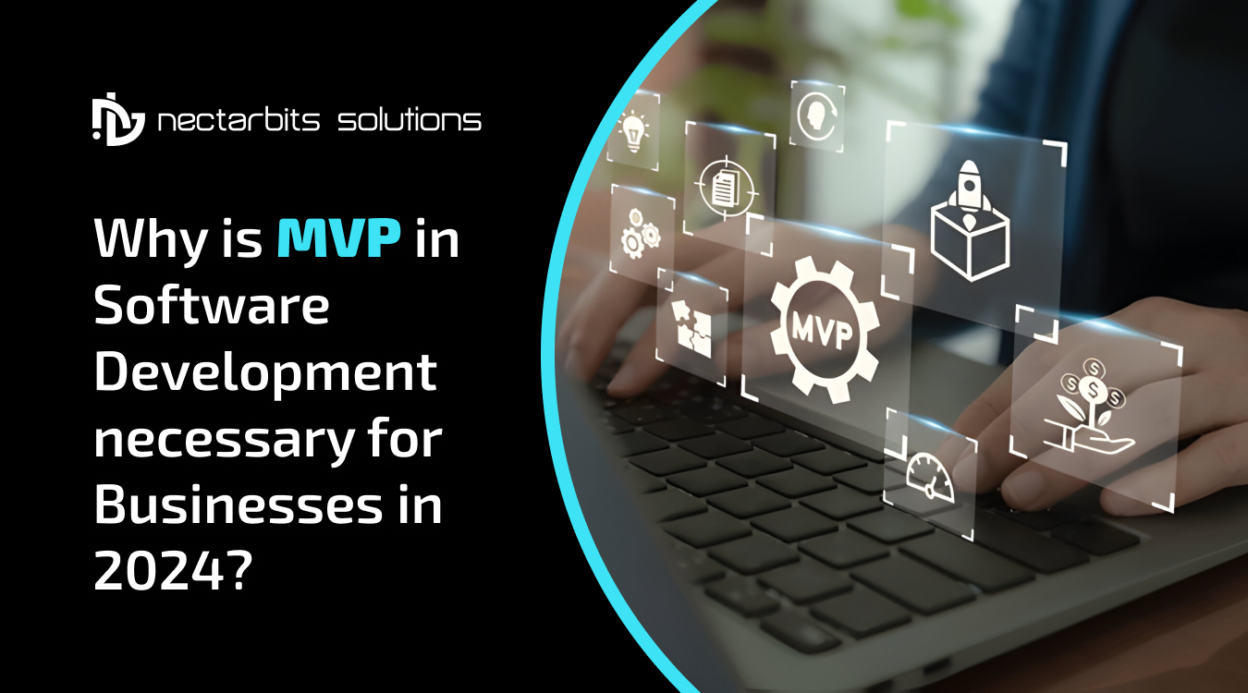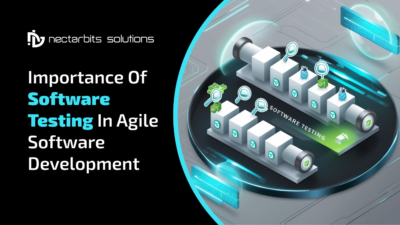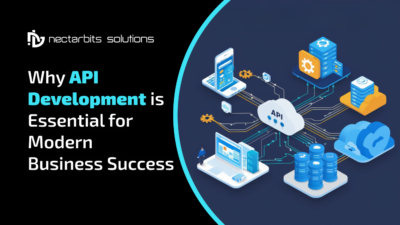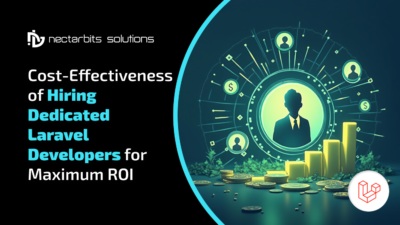In this ever-changing world governed by the evolution of software development, which unlocks new functionalities in our daily lives, it is vital to ensure that your digital products are built using appropriate market research and are cost-efficient enough to be successful without succumbing to the pressure of high development costs.
This is why MVP software development as a concept for your next flagship product can ensure its survivability and use case among both stakeholders and users. As software development becomes necessary for companies in a sea of industry verticals, MVP software development has become vital to building a sustainable and unique software solution for your business.
What exactly is a Minimum Viable Product (MVP)?
Popularised by Eric Ries in his book “The Lean Startup,” an MVP is essentially a streamlined version of your main product that ensures you can test market efficiency and gather valuable feedback from developers and users to ensure the success of your next project. It is the most basic version of your product that allows you to experiment and improve upon it without investing a large chunk of your working capital on an idea that might not come to fruition for a prolonged period.
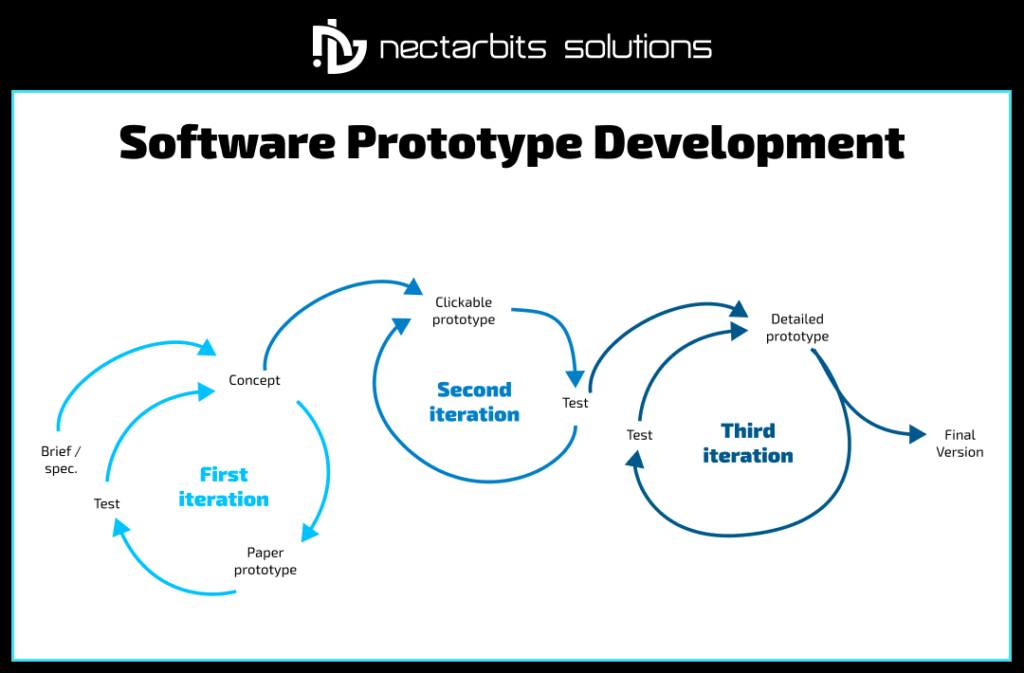
The feedback loop brought on by the MVP Software Development for your product ensures you stay true to your users’ realistic requirements and demands, satisfy your investors’ bottom line, and provide actual functionality with validated ideas that can survive in the real world.
The concept ensures that your targeted users and market are ready for such a product and happily endorse it, as you can judge the adaptability rates through confined focus groups through the development of an MVP.
What are the Benefits of MVP in Software Development?
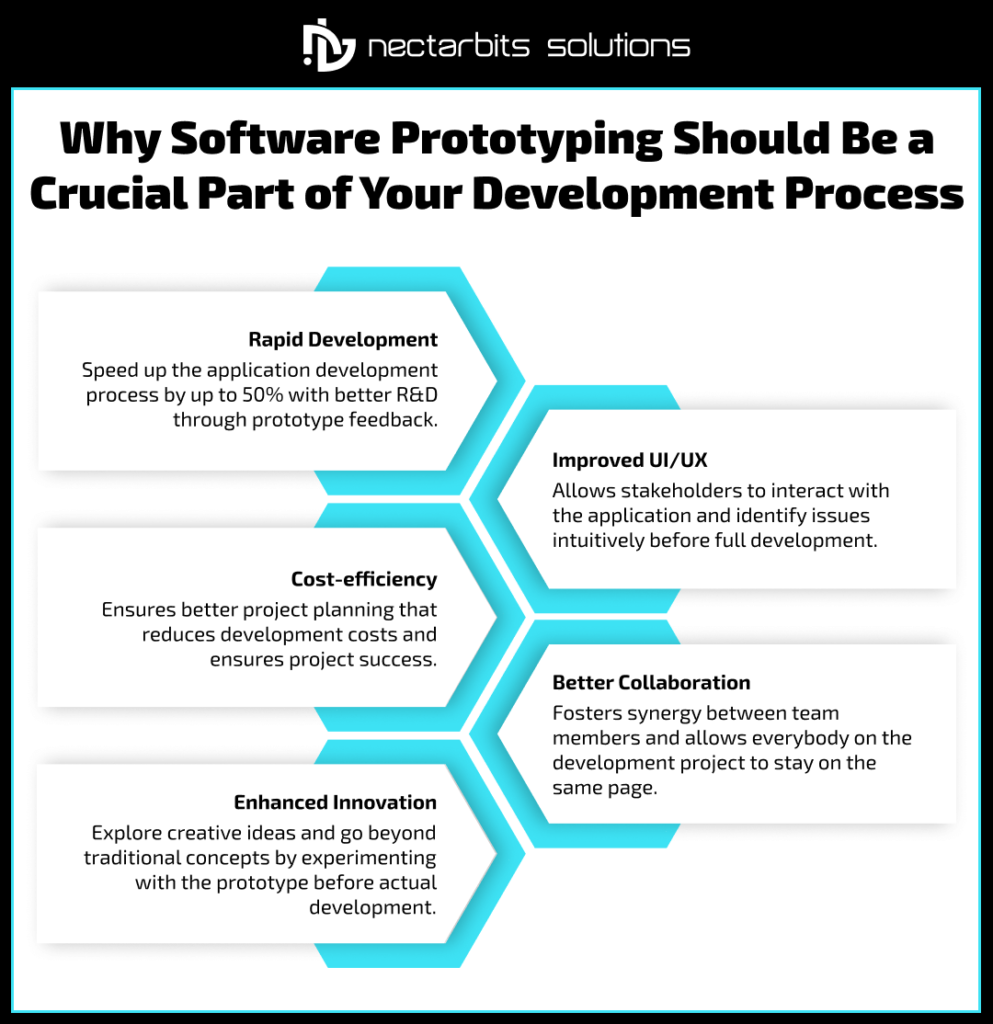
- Validating Market Demand
One of the main reasons companies develop their MVPs is to ensure that there is a market demand for the product that can be successfully satisfied by the solution proposed by the company. By releasing this simplified version of your product, you can gauge user interest and gather valuable insights to ensure that your product is well-desired and sustainable. This regularly prevents companies from investing heavily in a product that no one wants to use in the real world.
- Faster Time to Market
In a cut-throat corporate race to be the first software solution in the market in hopes of dominating the niche, the product aims to capture, time is of the essence. Speed being a critical factor, a shorter development cycle can make or break a software product. This is why an MVP can allow you to stay ahead of your foes, as getting your product into the user’s hands earlier and collecting feedback for the same results in faster development through focused prioritization governed by your actual users instead of a team of developers.
- Cost-efficiency
While investing in developing an MVP before the final product might seem redundant, it is a great way to save costs on the final project, as developing an MVP is substantially cheaper than a full-fledged product. One of the benefits of MVP in Software development is that it allows you to minimize development and focus on the basics, formulate iterative development of your product, and plan better resource allocation, thus further reducing financial risks and budget overruns.

- Focused Collaborative Development
Developing an MVP unlocks your ability to plan and strategize a focused way of continuing your development that ensures your team can collaborate better with an MVP already present to visualize what all teams aspire the final product to be. Instead of merely discussing the product’s vision with each team member, they can collaborate and showcase their ideas on a unified MVP that can slowly develop into the final product.
- Ensuring better Scalability
Promoting MVP in software development allows businesses to unlock scalable growth. The development of the MVP allows their core product to be validated and refined before its further evolution into the final product, with each feature added solely because the user wanted it to exist in the product. This ensures the scalability of the main product as it is built, validated, and refined with user and investor feedback.
- Building a loyal community
Early adopters of your MVP Software Development services can lead to the creation of a dedicated community surrounding your product that becomes tools for marketing and brand advocacy as they become part of the development process. This ensures that you can get unpaid word-of-mouth marketing and substantial traffic on social media platforms before spending on marketing or completing your final product. Most companies have started capitalizing on this is one of the benefits of MVP in Software Development.
Steps for a Successful MVP Software Development
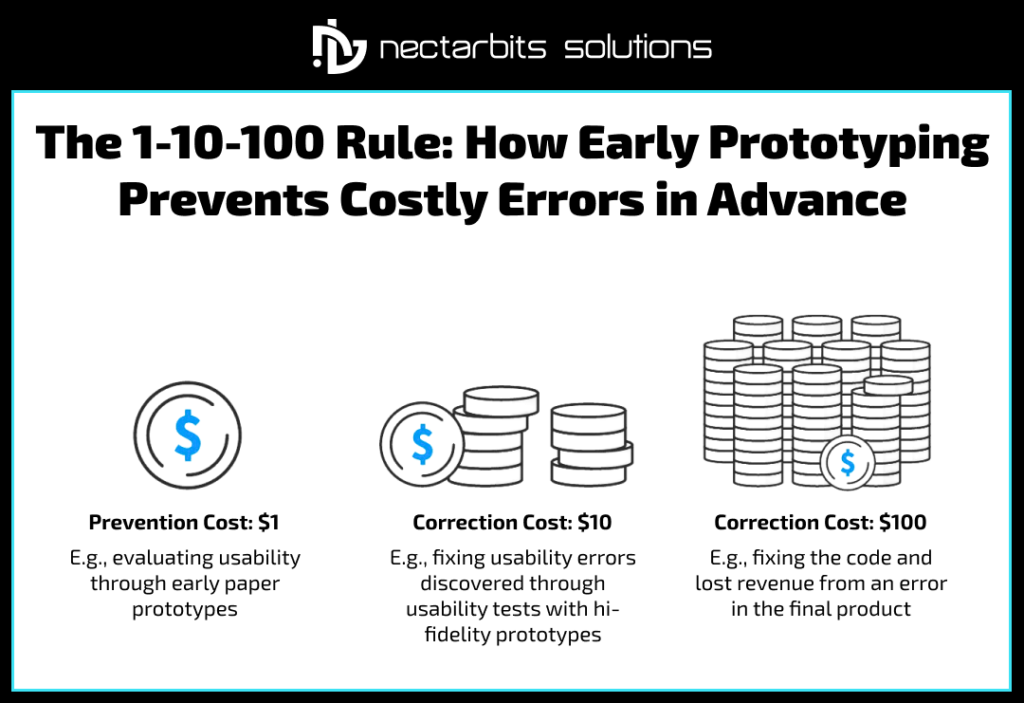
1. Identify the main problem
Begin your journey towards availing the benefits of MVP in Software Development by ensuring you know the main core issue your product aims to solve. Ensure this is a significant and recurring problem with a substantial market gap and many users seeking a useful solution.
2. Clearly define the features
Determine the features within your product that will address this problem, focusing on the essential functionality that provides immediate value to your users. Remember, an MVP is all about simplicity and effectiveness with focused functionality and features.
3. Create a rudimentary prototype
Help your investors and users gain a visualization of the product you aim to create through a low-fidelity prototype or a high-fidelity interactive model that can help showcase your vision to other people.
4. Develop the MVP
Once you gain enough actionable feedback from the prototype and make changes accordingly, begin developing the MVP while ensuring an agile development process that supports quick iterations and improvements based on a constant flow of feedback.

5. Launch and feedback collection
When your MVP Software Development has reached enough basic functionality and base stability to be showcased to a closed set of users and developers, release it and collect feedback through regular surveys and usage data. This will help you improve your product before its final release.
6. Improve and iterate
Utilizing the feedback gained from your MVP, make informed decisions that help your product achieve sustainable success upon release by continually improving and adding to your MVP software development based on user feedback.
Common Challenges Faced During MVP Software Development
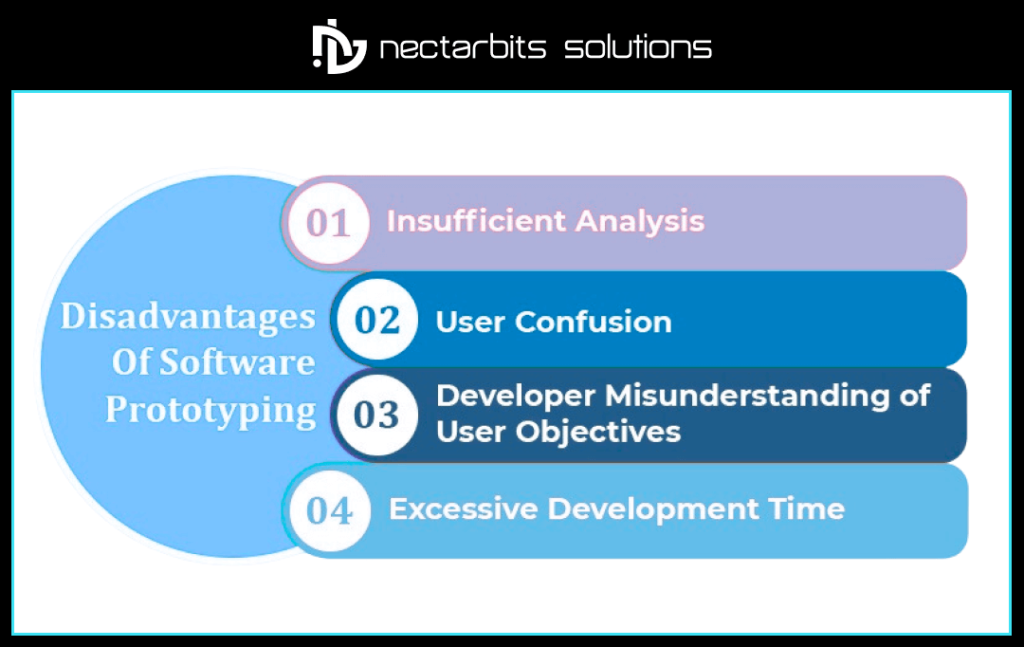
MVP software development is one of the best solutions for mitigating problems that lead to software development project failures, such as a lack of market need, unintuitive navigation, and monetary issues.
But it is important that as you utilize such benefits of MVP in software development, you are also aware of similar challenges faced by businesses during MVP software development and tricks to mitigate such challenges:-
1. Defining the scope of your MVP
Clearly defining the features to target while developing your MVP can be challenging. It is tough to balance features and resources to provide the ideal entry product for the masses. Regular involvement of stakeholders and target users in your MVP software development decision-making can combat this confusion.
2. Balancing Speed and Quality
While it is critical to reduce the development and update time of your MVP to the lowest possible to ensure regular updates and improvements, this can also reduce the quality of your product as you rush to make changes in the least possible time. Adopting a proper agile development practice can help you provide rapid iteration without a substantial loss in quality, creating a perfect balance to avail of the benefits of MVP in Software Development.
3. Managing expectations of users
Users who need to be informed about an MVP can expect a complete product with a host of functionalities on a stable architecture. You must inform your users about the purpose of an experimental MVP, document their consent and participation, and engage transparently with users who are testing the product for your benefit.
Successful Case Studies of MVPs
If you require inspiration before finally embarking on your MVP software development journey with a trustworthy software partner like Nectarbits, here are some of the most well-known applications that originally started as a rudimentary MVP before improving through periodic iterations over the years:-
1. Dropbox

Dropbox started as a simple MVP, aiming to offer its users basic file synchronization functionality. The first initial version of Dropbox’s MVP was a video demonstrating the product concept. The positive response from users validated the idea, leading to the full-scale development of Dropbox and its eventual success.
2. Airbnb

Airbnb’s founders launched their pilot MVP by renting out their apartments to test the market. This very early version allowed them to gather valuable insights into their targeted users’ user behavior and preferences, which they later used to refine the platform and grow their business.
3. Buffer

Buffer , a social media scheduling tool, began as a landing page that explained the product concept and collected email addresses from interested users. This approach validated the demand for the product before any development began, allowing the team to build a product that met user needs.
Conclusion: The Path to Successful MVP Software Development
Creating an MVP is a robust business model with significant advantages when working on software creation processes. MVPs provide credibility to customers’ ideas and desires, cut costs, and allow founders to get users’ feedback. Adopting this approach guarantees that development is customer-oriented, reduces risks, and encourages potential investors.
To recall, MVP implies that the journey does not begin with creating a minimum viable product but starts with it. This way of development, along with iterative updates that continually evolve your software solution based on user feedback, results in a perfect product that is both sustainable and scalable, becoming the perfect adaptable fit for the target market’s changing needs.
Read More:- Software Development Costs in the United States
Frequently Asked Questions (FAQs)
1. What is MVP software development?
MVP (Minimum Viable Product) software development is creating a simplified product version to test its market viability and gather user feedback before developing a full-fledged product.
2. Why is MVP important in software development?
MVP is important because:-
- It helps validate market demand
- Reduces development costs
- Accelerates time-to-market of the software
- Ensures that the product aligns with user needs through iterative feedback.
3. What are the benefits of MVP in software development?
Benefits include validating market demand, cost efficiency, faster time to market, focused collaborative development, scalability, and building a loyal user community.
4. How do you develop an MVP?
Developing an MVP involves:-
- Identifying the main problem
- Defining essential features
- Creating a prototype
- Developing the MVP
- Collecting user feedback
- Continual updates based on user input
5. What challenges are faced during MVP software development?
Common challenges include defining the MVP scope, balancing speed and quality, and managing user expectations. Adopting agile practices and transparent communication can mitigate these challenges.

